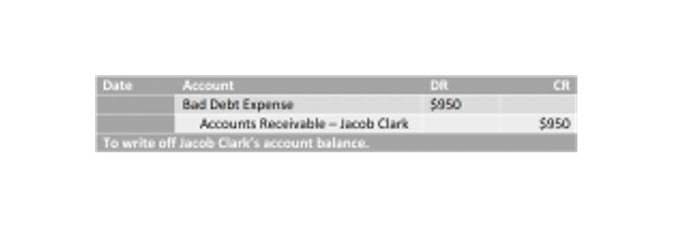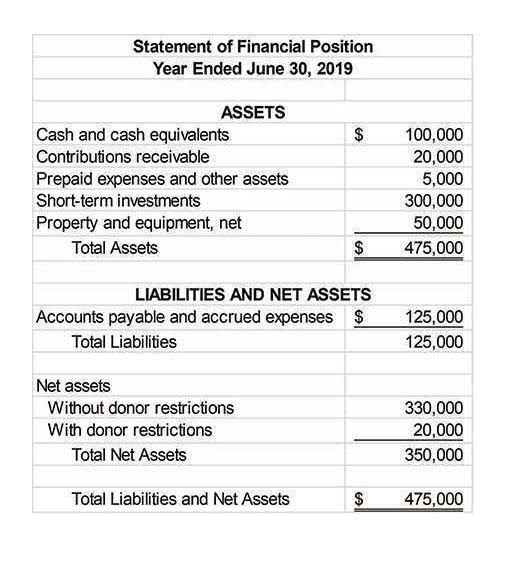Chưa có sản phẩm trong giỏ hàng.
Bookkeeping
Accounting Explained With Brief History and Modern Job Requirements

But one requirement is universal—the passing of the Uniform Certified Public Accountant Examination. This exam is written and graded by the American Institute of Certified Public Accountants (AICPA). A certified internal auditor doesn’t need a license to practice, nor does a certified management accountant. Accountants are required to meet state-specific educational and testing requirements and are certified by national professional associations.

Helpful in the Determination of Financial Results
- Generally, a businessman has to pay corporate tax, VAT and excise duty, etc.
- When a customer owes you money, it appears as Accounts Receivable (AR) on your balance sheet, which is generated automatically by your accounting software or manually by you or your accountant.
- Most business owners opt for small-business accounting software to help automate the process and reduce the likelihood of error.
- An accountant is a professional with a bachelor’s degree who provides financial advice, tax planning and bookkeeping services.
- The first professional association for accountants, the American Association of Public Accountants, was formed in 1887, and CPAs were first licensed in 1896.Accounting grew as a profession during the Industrial Revolution.
The system recognizes the fact that every transaction has two aspects and records both aspects of each and every transaction. If you prefer a completely hands-off approach to bookkeeping and accounting, Bench might be right for you. Connect your business bank accounts to have transactions automatically imported, categorized, and reviewed by your personal bookkeeper. Freshbooks offers integrated invoicing that makes it simple to manage your accounts receivable and your accounting in one place.
Related AccountingTools Courses
- Double-entry accounting is also called balancing the books, as all of the accounting entries are balanced against each other.
- Larger companies often have much more complex solutions to integrate with their specific reporting needs.
- Common law liability includes negligence, fraud, and breach of contract, while statutory law includes any state or federal securities laws.
- In addition, financial statements disclose details concerning economic resources and the claims to those resources.
- Much of the reporting of such information is voluntary, especially in the United States.
- It aims at providing information to the interested parties to make sound financial decisions.
- It is typically expressed as a percentage and represents the Income an investment generates relative to its cost.
Information is relevant to the extent that it can potentially alter a decision. Relevant information helps improve predictions of future events, confirms the outcome of a previous prediction, and should be available before a decision is made. Reliable information is verifiable, representationally faithful, and neutral. The hallmark of neutrality is its demand that accounting information not be selected to benefit one class of users to the neglect of others. While accountants recognize a tradeoff between relevance and reliability, information that lacks either of these characteristics is considered insufficient for decision making.
What Are the Different Types of Accounting?
Accrual accounting recognizes the impact of a transaction over a period of time. U.S. public companies are required to perform financial accounting in accordance with generally accepted accounting principles (GAAP). Their purpose is to provide consistent information to investors, creditors, regulators, and tax authorities. accountancy meaning A Trial Balance lists all general ledger accounts and their respective balances. It is prepared to ensure that the total debits equal the full credits, validating the accuracy of the recorded transactions. The trial balance is an essential step in the accounting process before preparing financial statements.

Financial accounting is a specific branch of accounting involving a process of recording, summarizing, and reporting the myriad of transactions resulting from business operations over a period of time. These transactions are summarized in the preparation of financial statements—including the balance sheet, income statement, and cash flow statement—that record a company’s operating performance over a specified period. This is the practice of recording and reporting financial transactions and cash flows. This type of accounting is particularly needed to generate financial reports for the sake of external individuals and government agencies. These financial statements report the performance and financial health of a business.
Would you prefer to work with a financial professional remotely or in-person?
For example, during the Roman Empire, the government had detailed records of its finances. However, modern accounting as a profession has only been around since the early 19th century. This comprehensive guide has equipped you with a solid understanding of key concepts and terminologies in the accounting field. Whether you’re a learner, professional, or simply interested in financial matters, this knowledge will enable you to navigate the accounting world confidently. Remember to continue expanding your knowledge and staying up-to-date with the evolving practices and standards in the accounting industry. Payroll encompasses the total amount of wages, salaries, and benefits paid to employees by a company.
- This institute created many of the systems by which accountants practice today.
- To speed up action, you may hire accounting professionals or purchase accounting software to ensure accurate financial audits and reporting.
- The payment made will be applied against the outstanding balance as a whole.
- Transactions may be external (between a business entity and a second party, e.g., goods sold on credit to Hari or internal (do not involve a second party, e.g., depreciation charged on the machinery).
- When payment is made against an account, such that the entry in the accounts payable of a company’s books is no longer outstanding, it is referred to as paid on account.
- Summarising is the art of making the activities of the business enterprise as classified in the ledger for the use of management or other user groups i.e.
- At a later date, the payments can be partially or fully matched to the related invoice.
The accounting cycle

What Are Major Accounting Software Platforms?
Principles of Financial Accounting






